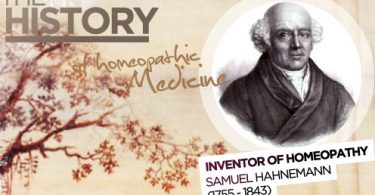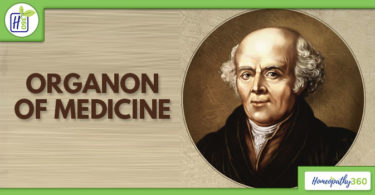The three miasmatic trends , as Hahnemann called chronic disease , are transmitted hereditarily and can be identified from the patient’s personal and family history .
Allergies eczema and nutritional problems tend towards psora ,with the forsaken feelings of “psorinum”or the desire of “tuberculinum “ to leave its body and escape this cruel world .
Sycosis represents the tumor diathesis ,with “carcinosim “ being the main remedy for families who keep their secret very closely guarded and never reveal it to any one —- “ there are some things you just don’t talk about “ . These are people who never express their feelings in order to avoid offending others and finally develop cancer , which is the loss of cellular differentiation .
Other sycotic conditions include hypertension , obesity ,and diabetes , which tend towards “medorrhinum” with its constant anxiety about the future at the expense of the present —-the only thing that is real and eternal .
Finally , the syphilitic miasm is indicated in families that are prone to genetic deformities , circulatory diseases , alcoholism , and suicide . “Syphilinum” for example , develops a sudden mania for hand-washing , as though to cleanse himself after committing a crime .
Should we be angry with our ancestors for the various flaws and miasms they have handed down to us ? certainly not ! “similia similibus curentur “ or “ like cures like “ so we chose to be born into a family whose level of vibration corresponded with our own . We knew this would enable us to confront those very issues and problems we still needed to resolve in our journey towards infinite love . Even if they make seem unfair or cruel , it is these problems that show us the way .
The situation is slightly different in the case of adopted children whose origins are unknown . Such children often need “magnesia carbonica “, as they experience dreams of being “ forced to marry against their will “ . In most western societies , marriage is considered such an intimate and personal affair that the idea of it as a convenient arrangement between the families of two people who don’t even know each other seems strange . And yet arranged marriages have always existed and still take place through out the world . The same kind of scenario occurs in adoption , when a child is suddenly handed over to two people he does not know and with whom he has none of the close bonds which are built during those nine months in the womb .
Another clinical case gave much insight into cases of adoption . As a pediatrician concerned with abandoned “ problem “ children , I came across the case of a child born with herpetic encephalitis .
Since this disease usually causes permanent damage , no body wanted to adopt the child . However , the baby was developing normally , so I discussed his case with a couple who had been trying to adopt for several years . (while adoption is a very difficult procedure for those wanting so-called “normal “children , it is usually much quicker when the couple is willing to adopt child with a disability . )
The couple hesitated for a while , then when the baby reached nine months , decided to adopt . It was love at first sight between the adoptive father and the baby . As soon as the new family arrived home , the baby crawled through the apartment into the study and pointed to a book on the shelf . The following week , the father had to go away on business for a few days , on his return the baby once again led him into the study and pointed to the same book .
The book in question was a novel by Dostoevsky – the only Russian book that the couple owned , when I asked the father if there was any Russian blood in his family , his face lit up as he exclaimed , “my grand father was a Russian surgeon in exile during the revolution . He got my Parsian grand mother pregnant , then disappeared with out a trace , totally abandoning them both “
Perhaps this time it was the grand father’s turn to be abandoned and then rescued by his very own offspring ….
So the law of “ like cure like “ can also be seen to apply in cases of adoption . When treating an adopted child , we should never fail to inquire about its adoptive parents family history .




